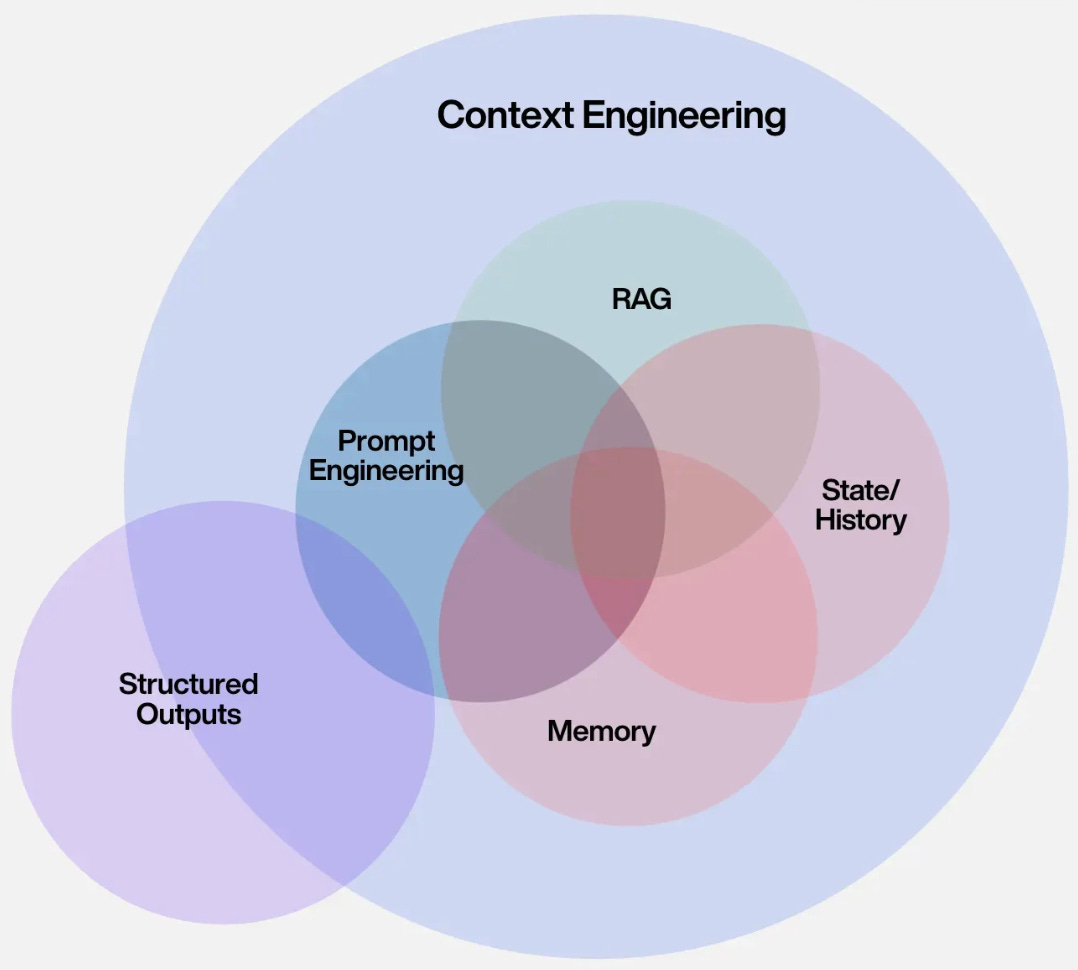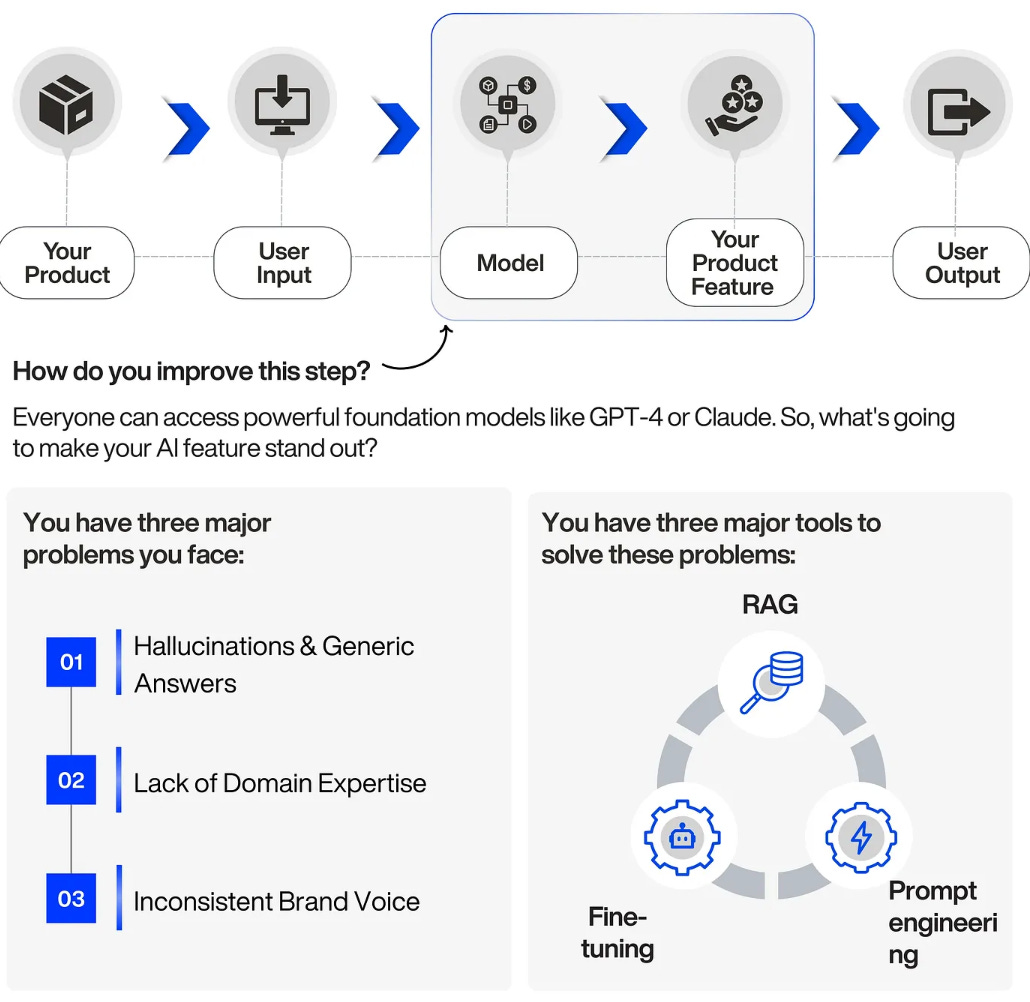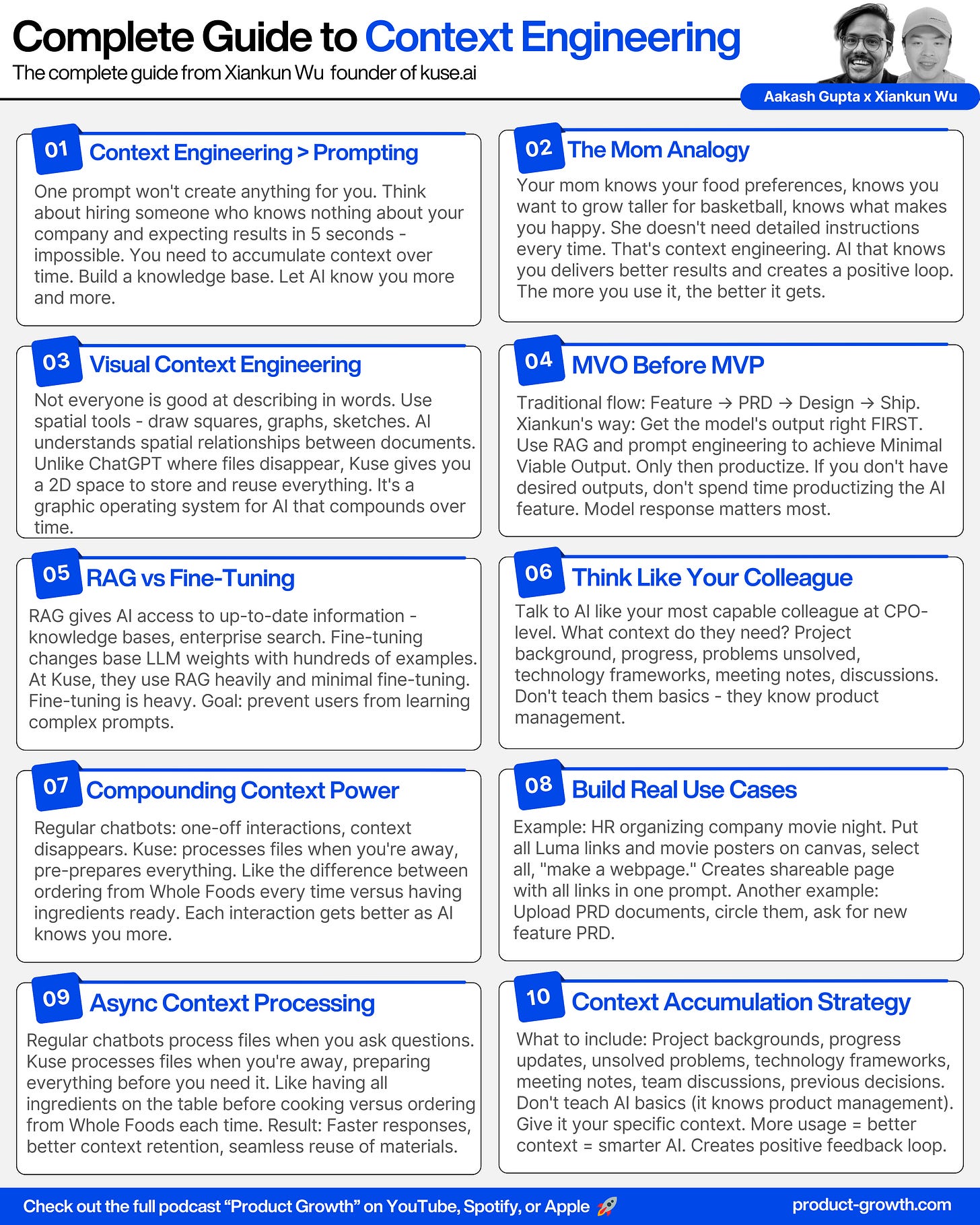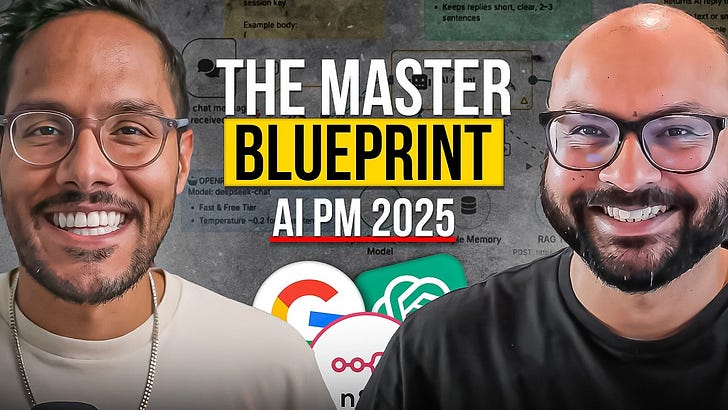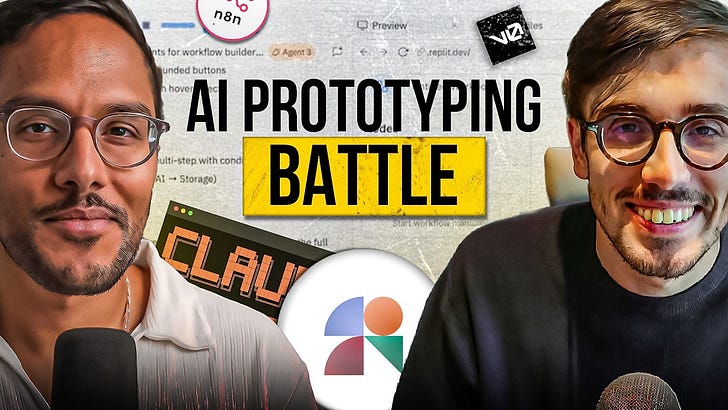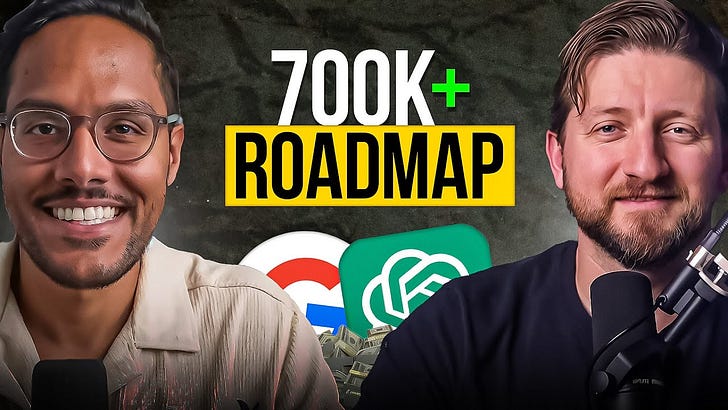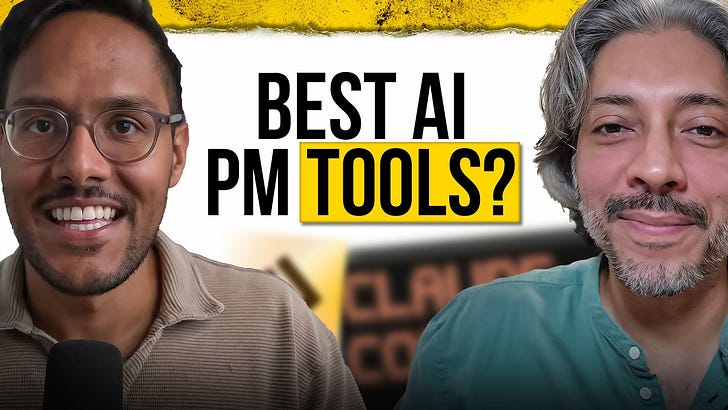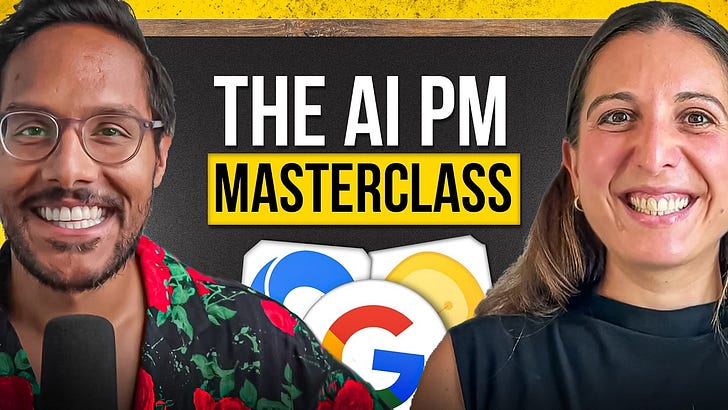Check out the conversation on Apple, Spotify and YouTube.
Brought to you by - Reforge:
Get 1 month free of Reforge Build (the AI prototyping tool built for PMs) with code BUILD
Today’s Episode
Why do your prompts keep failing?
Because you aren’t engineering their context properly.
Today’s episode is a masterclass on one of the most important AI PM skills, context engineering.
And we’re getting it from a true expert.
Xiankun Wu is the CEO behind Kuse, which hit $10M ARR in just 60 days - with zero VC funding and zero advertising.
In today’s episode, he shares everything:
Please do me a favor and subscribe on Apple, Spotify, and YouTube. We’re also growing our clips channel and appreciate a subscribe there.
Your Newsletter Subscriber Bonus
For subscribers, each episode I also write up a newsletter version of the podcast. Thank you for having me in your inbox.
Today’s guide covers:
Why Context Engineering Matters More Than Prompting
The $10M Growth Playbook: Threads + Intern Army
How to Build AI Products the Right Way
1. Why Context Engineering Matters More Than Prompting
You wouldn’t hire someone who knows nothing about your company and expect them to deliver in 5 seconds. But that’s exactly what you’re doing when you rely on prompts alone.
You need to provide that person - just like AI - rich context first.
1a. What is Context Engineering
XK explains context engineering like this:
Your mom knows you. She knows your food preferences. She knows you want to grow taller for basketball. She knows what makes you happy.
So when she cooks for you, she doesn’t need a detailed recipe every time. She has context.
That’s context engineering. AI that knows you, delivers better results, and creates a positive loop where you both get better over time.
1b. Why Prompt Engineering Alone Fails
Most AI tools operate like one-off interactions:
You upload a file
You write a prompt
You get an answer
Context disappears
Next time? You start from zero.
XK’s approach with Kuse is different:
Upload materials into one place
AI processes everything (even when you’re away)
Context accumulates over time
Each interaction gets better
Think of it like this: Regular chatbots make you order ingredients from Whole Foods every time you cook. Kuse puts everything on the table, pre-prepared, so you can cook faster.
1c. Everything Is Context Engineering
Here’s the technical breakdown for AI PMs:
Context Engineering includes:
RAG (Retrieval Augmented Generation)
State and memory
Structured outputs
How each works:
Prompt engineering: Structured examples, chain-of-thought reasoning
RAG: Gives AI access to up-to-date information (knowledge bases, enterprise search)
State and memory: Tracks conversation history so AI remembers what you discussed before
Structured outputs: Forces AI responses into specific formats so they integrate directly into workflows
At Kuse, they prioritize RAG heavily. They don’t use much fine-tuning. And their goal is to prevent people from needing complex prompts at all.
2. The $10M ARR in 60 Days Playbook
2a. The Hidden Backstory
In early 2024, XK wanted to build a design agent. He’s a graphic designer, so it made sense. Him and his cofounders built an infinite canvas. Users could upload requirements. AI would convert those into posters.
But something unexpected happened:
Users uploaded files and documents way more than they designed.
The frequency of people using Kuse as a knowledge base was far higher than actually designing things. The image models weren’t powerful enough yet anyway.
So they pivoted. Late 2024, the team decided: We’re not building a design agent. We’re building a horizontal knowledge-based AI.
That’s when growth took off.
2b. The Threads Strategy Nobody’s Talking About
Here’s the genius play:
Most US companies ignore Threads. They focus on X (Twitter). But Threads is growing faster than almost any app in history, especially in Taiwan and Hong Kong (Kuse’s primary markets).
And it’s get the Meta muscle behind it.
Kuse’s strategy:
Hired an intern army
Created hundreds of accounts
Posted use cases every day
Spent zero money on ads (Threads doesn’t even have an ad platform yet)
Why it worked:
Threads doesn’t have a structured creator system like YouTube or X. It gives traffic generously. And because it’s newer, it’s less crowded.
Result? 3 million impressions per month. Thousands of website visits daily.
The content that wins:
Formatter use cases (turn markdown into polished layouts)
Exam paper generation
Document processing examples
All posted in Traditional Chinese for the Taiwan and Hong Kong markets.
2c. Why X Sucks for Organic Growth (But Threads Doesn’t)
XK’s brutal take on X:
“X sucks for doing promotion. The creator hierarchy is very structured. If you don’t know famous people with lots of followers, you basically cannot farm traffic.”
But X is great for:
Raising money from VCs
Launch campaigns
Building credibility
For organic user acquisition as a new project? Threads and Instagram win.
The lesson: Go where the platform is generous with traffic and the competition is asleep.
3. How to Build AI Products the Right Way
XK’s framework for building AI products is radically different. And it’s why Kuse compounds in value over time.
3a. MVO Before MVP
Most teams build like this:
Find a feature idea
Write PRD
Design
Give to engineering
Ship
Promote
XK flips it:
Get the model’s output right FIRST.
They call it MVO: Minimal Viable Output.
Before you productize anything, you need stable, correct model responses. Use the techniques (RAG, prompt engineering, etc.) to get the output right.
Only then do you build the feature.
“If you don’t have desired outputs, you don’t really need to spend any time to productize the AI feature.”
3b. Complete Visual Context Engineering
Visual context engineering is the final component to think about when it comes to your AI.
Move beyond the chat.
Allow users to drop in visuals and multimodal outputs. With the latest technology from Gemini 3, it’s all possible.
Where to Find Xiankun Wu
Related Content
Podcasts:
Newsletters:
PS. Please subscribe on YouTube and follow on Apple & Spotify. It helps!



